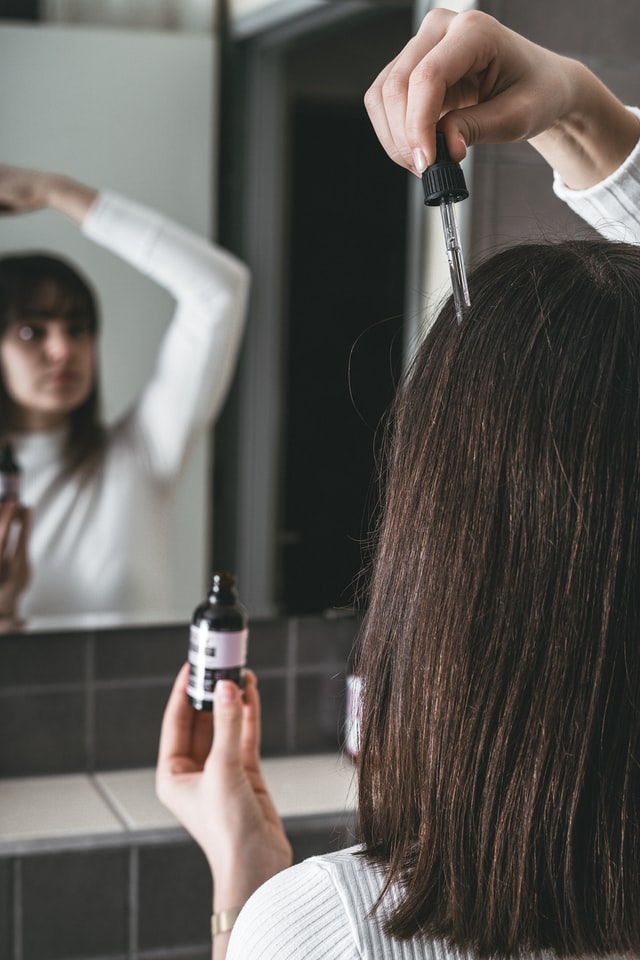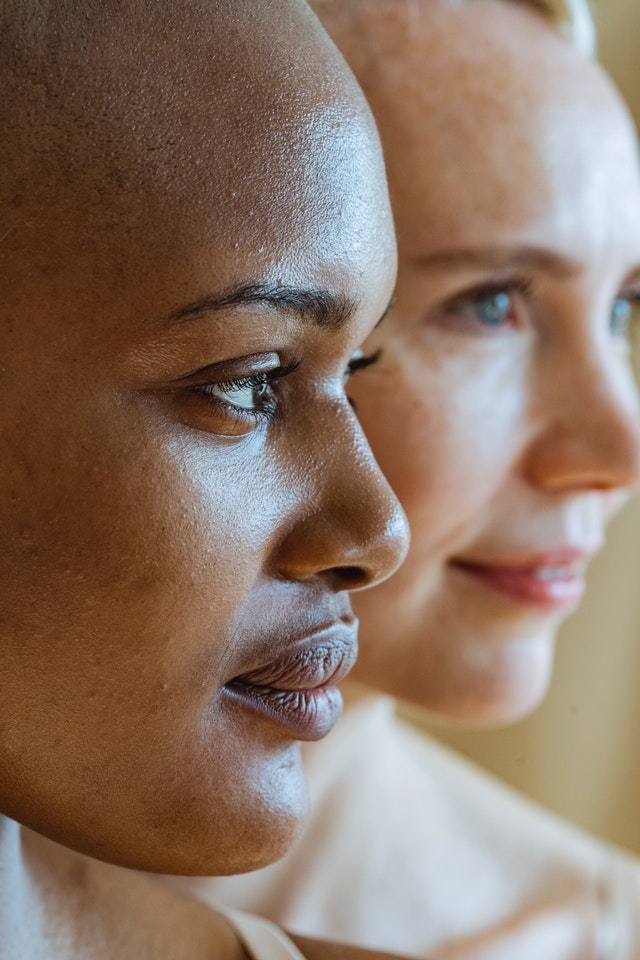Five Hair Loss Myths: Busted!
Every person experiences hair fall at some point in their lives, be it men or women. We all love to take care of our crowning glory, and when you see lots of hair in the sink or on your pillow every morning, it can be truly heartbreaking. Our hair adds so much to our personality, it truly is an integral aspect of our bodies.
Hair loss can thus be a serious problem, and most of us experience it at some point in our lives. However, there is not enough awareness about the varied causes of hair loss, how to evaluate or treat it, and the science behind how normal human hair actually grows (aka the hair cycle).
Those are all topics for another day, however, today we are here to bust five common hairfall myths, so that you are better equipped to deal with any hairfall you may be experiencing. In this article, we will attempt to separate fact from fiction based on scientific evidence.
Ask a dermatologist today about hair loss
Myth 1 – Young people don’t have hair loss
Hair loss is fairly common even in the young, and it is entirely a myth that hair loss is a problem that only occurs with advancing age. Various factors such as fever, weight loss, malnutrition, autoimmune conditions, and post-partum body changes can lead to hair loss in young individuals.
While many of these are treatable and/or reversible, only a dermatologist can help you figure out the exact cause of your hair loss and how to treat it.
Ask a dermatologist today about hair loss
Myth 2 – Using a conditioner causes hair loss
This is a pretty common perception, which is actually entirely untrue. The fact is, although it may seem like you lose more hair right after you apply your conditioner, this is just because the conditioner leads to a detangling of hair and smoothing of the hair cuticle. Thus, after this process, hair which has already detached from its roots during the previous day just escapes more easily once you rinse it off. Since conditioner is only applied to the hair shaft and works by smoothing the outer cuticle, there is no way it could penetrate the roots and cause hair loss. Busted!
Ask a dermatologist today about hair loss
Myth 3 – Using hair oil leads to better hair growth
Once again, a common perception, and in fact there is an entire market of hair oils which claim to stimulate hair growth, and improve length and texture. However, hair growth and hair length is only determined by factors such as genetics, your diet, and your overall health. Any products applied superficially to your hair (shampoo, conditioner, serums, hair oils, etc.) do not really get absorbed into the roots to an extent that they could promote hair growth.
Only medicated topical applications which are designed to get absorbed locally, and act on the hair cycle, can lead to changes in hair length and density, such as minoxidil containing formulations. Natural oils such as coconut oil, almond oil, and others basically work as leave-in conditioners, improving the texture of your hair to an extent; however, they do not improve hair length or growth rate.
Ask a dermatologist today about hair loss
Myth 4- Cutting your hair makes it grow faster
A lot of people believe this to be true. However, hair is very similar to plants, and cutting it at the ends will not change the way it grows from its roots. Yes, if your hair is damaged at the ends, with a lot of split ends and thinning, cutting off the damaged portions will help the newer hair appear thicker, more healthy, and grow uniformly. Thus, this is probably what people mean when they mention that hair cuts improve hair growth.
Ask a dermatologist today about hair loss
Myth 5 – Only men can go bald
Androgenetic alopecia or patterned hair loss can occur in men as well as women. It is caused by sensitivity of hair follicles in the scalp to a hormone known as dihydrotestosterone or DHT, which is present in both men and women. This is genetically determined, and severity as well as age of onset can vary. Thus, it is a myth that only men beyond a certain age go bald. Androgenetic alopecia can occur in both men and women, and can start at as early as your twenties. However, there are many treatments available for this condition, including minoxidil and tablets such as finasteride. You should consult your dermatologist if you think you have patterned hair loss.
Ask a dermatologist today about hair loss
Image Courtesy:
- Photo by RODNAE Productions from Pexels
- Photo by Scandinavian Biolabs on Unsplash
- Photo by Angela Roma from Pexels
Ask a Dermatologist
Anonymous, fast and secure!

Dr Aayushi Shah is a practising dermatologist from India, currently based in the UK. She has 5 publications has authored chapters covering a wide range of topics, including chronic urticaria, psoriasis, and skin moisturisers. She also works as a Medical Editor, and enjoys blogging in her free time.




